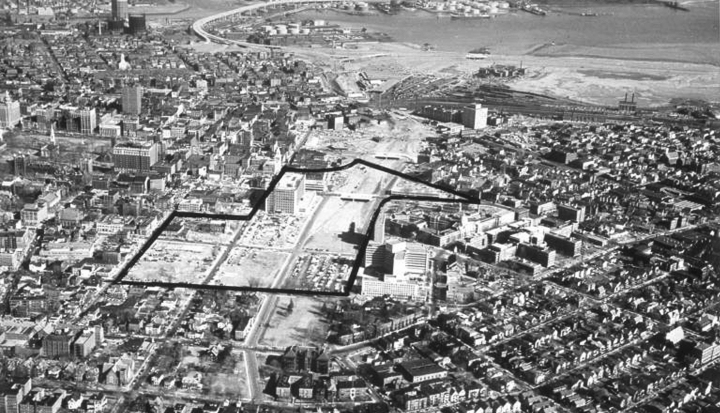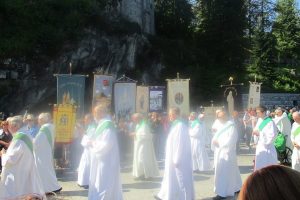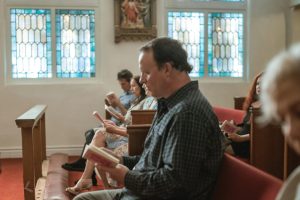In 1950s New Haven, Connecticut, the streets of the Oak Street neighborhood are filled with the fragrant smell of tomato sauce. Church bells ring, calling parishioners to Mass. The streets are lined with dozens of small grocery stores, drug stores, and cafés. It’s a working-class, dynamic community, and it feels like home.
Today, it’s impossible to find that scene in Oak Street. Instead, the neighborhood is home to parking lots, empty streets, and office buildings.
New Haven was once one of the most Italian, and most Catholic, cities in the United States. The 1950 census indicates that just under 10,000—or approximately 1 in 17—of New Haven residents were born in Italy, with many more American-born Italians living in the city. South and west of downtown, the Oak Street neighborhood was a center of Italian and Catholic life.
According to Anstress Farwell, president of the New Haven Urban Design League, “Each New Haven neighborhood was essentially a village that had its church . . . churches centered the community.” Today, however, the church-centered villages are all but gone. Present-day New Haven is neither particularly Catholic nor particularly Italian, though some vestiges remain.














Add comment